SUBSCRIBE AND SAVE! | SIGN ME UP!
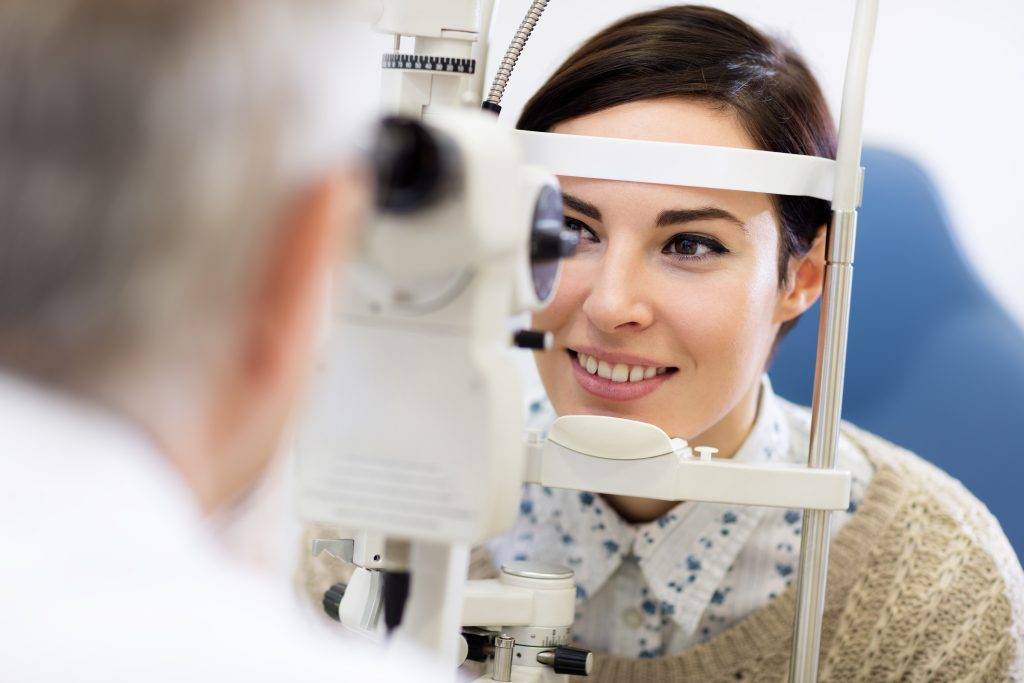
Written by MacuHealth
Reviewed by Jim Stringham, Ph.D.
No one likes to get their eyes dilated when seeing their eye care professional. But according to WebMD, if you’re over 45 years of age, this is the best way for your doctor to check for early signs of eye diseases.
And if you experience changes in your vision, it might be time to get an eye test for macular degeneration. This progressive eye disease can lead to distortions in sight and central vision loss. Some symptoms include:
If it’s time to check your eyes, here’s some of the tests you may take to detect age-related macular degeneration (AMD).
Before going to see your doctor, there is an eye test for macular degeneration you can take at home. It’s known as the Amsler grid. Not only can it detect the signs of AMD, but it can also help you track any vision changes caused by the disease.
When you see the Amsler grid, you’ll notice it’s a piece of graph paper with a small dot in the center. To begin the test, start by holding the test far enough so that most of the lines are in view – typically the same distance from where you would read a book. Then close one eye because if you test with both eyes open, you won’t notice any abnormalities. Otherwise, one eye will compensate for the other.
If the lines appear curved or blocked out, it could be a sign your eye has developed the advanced form of macular degeneration known as wet AMD. The cause of the wavy lines is the fluid accumulating in or underneath the retina. This fluid meddles with retinal function enough to cause a spot in the center of your visual field.
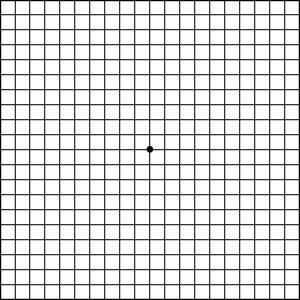
The best way to manage AMD symptoms is to catch the disease as early as possible so that any treatments will be effective. Here is a list of eye tests for macular degeneration that you may receive from your doctor:
This test is also known as a funduscopy or retinal examination. Your doctor will dilate your eyes to allow them to look at your retina, optic disc and blood vessels using an ophthalmoscope. This instrument features a light and several small lenses to find any optic nerve damage, glaucoma and any drusen deposits, an early indicator of AMD.
This test checks to see if blood is flowing properly into the retina and choroid, the two layers in the back of the eye. Your doctor will begin by dilating your pupils and capturing images of the inside of your eye. Then they’ll inject a dye called fluorescein and take more pictures as the colored liquid moves through the blood vessels in the back of your eye.
As you stare at a blinking light or target, the machine measures the thickness of your retina and optic nerve. This is done by using the amount of red light reflecting from these parts of the eye. Your doctor may or may not dilate your pupil for this exam. Not only is this eye test for macular degeneration, but it also detects glaucoma and retinopathy.
If your doctor detects any signs of AMD, they may recommend a change in diet that includes green vegetables, such as kale and spinach. They’re rich in antioxidants known as carotenoids. These nutrients replenish macular pigment levels, absorb dangerous blue light and block free radicals. Blue light exposure and free radicals are both known to contribute to AMD, so reducing the impact of these factors may slow or even stop disease progression.
Supplementation also offers a convenient and safe way to boost eye health. Studies show that supplements containing all three macular carotenoids boost macular pigment significantly. Consistent, daily use of high-quality supplements like MacuHealth is an excellent way to ensure that the body receives the proper nutrients needed to support visual health and performance.
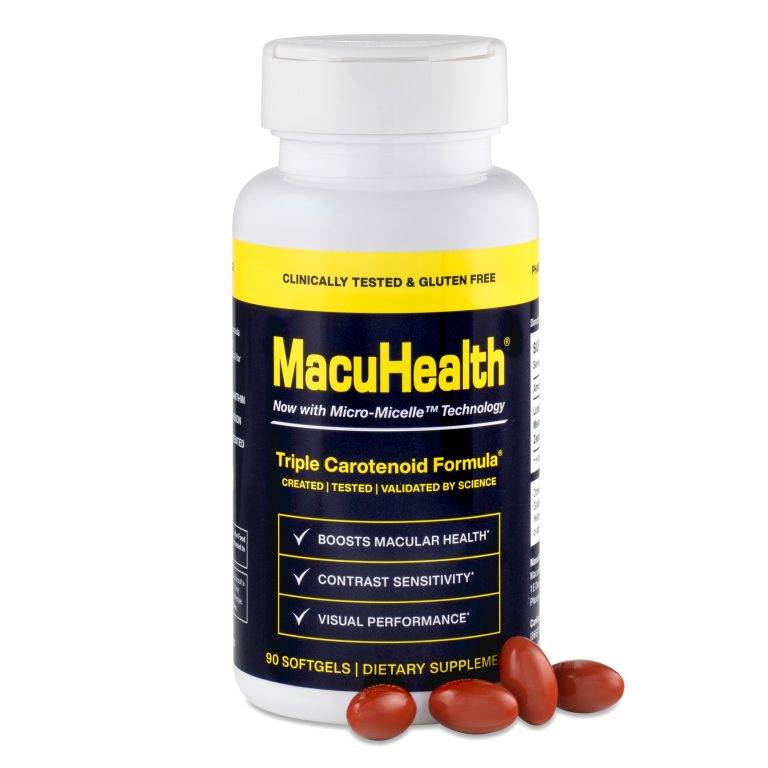
Formulated by scientists and clinically proven to support eye health for both healthy and diseased eyes.
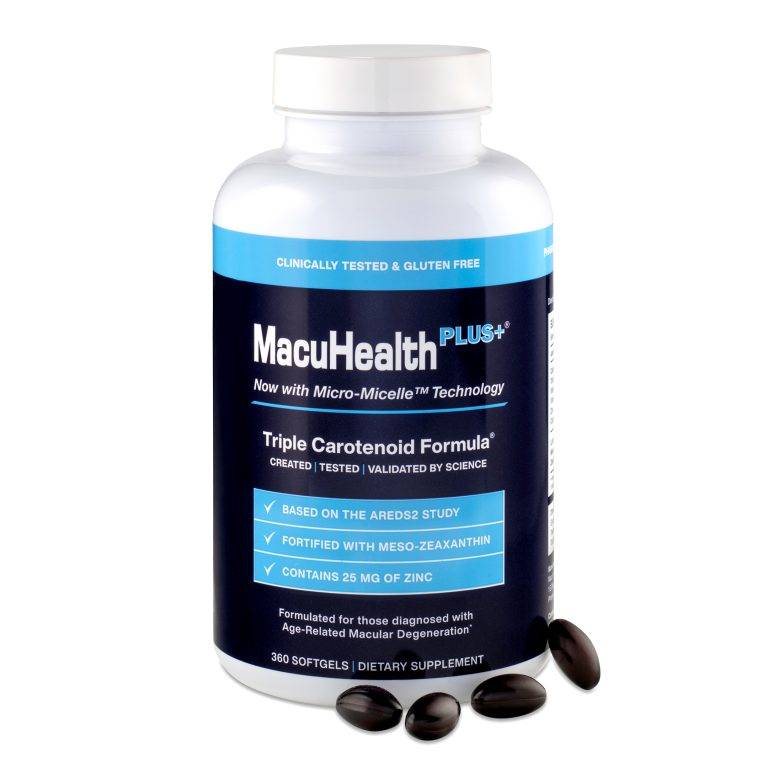
Based on the AREDS2 formula with 10 mg of Meso-Zeaxanthin and reduced levels of zinc for the ultimate defense against AMD.
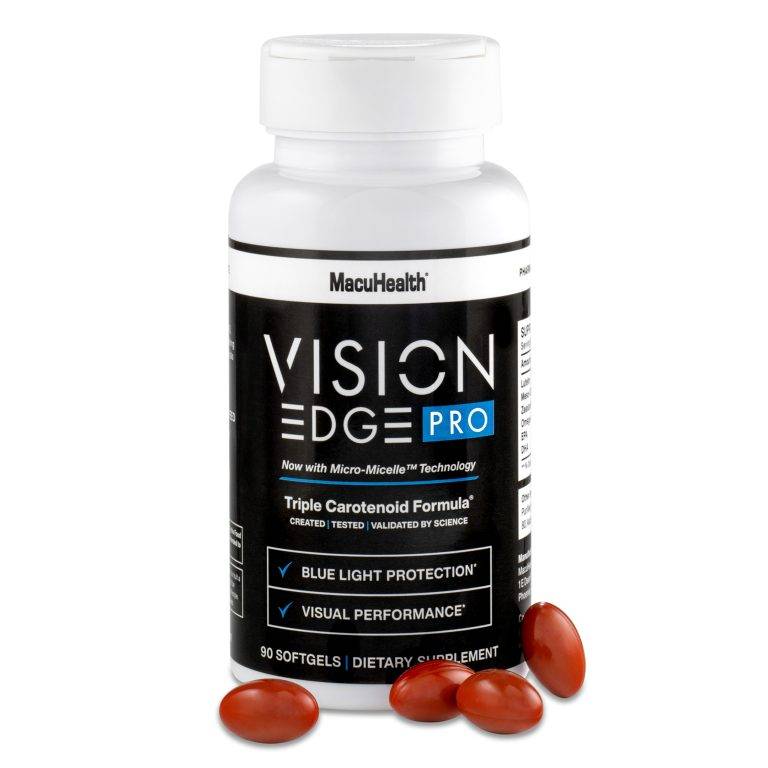
Created for those wanting to protect against blue light and improve visual performance for everyday maintenance.

Sourced from small, open-water catch fish from the coast of Chile, TG Omega-3 provides customized dosing for patient specific needs.